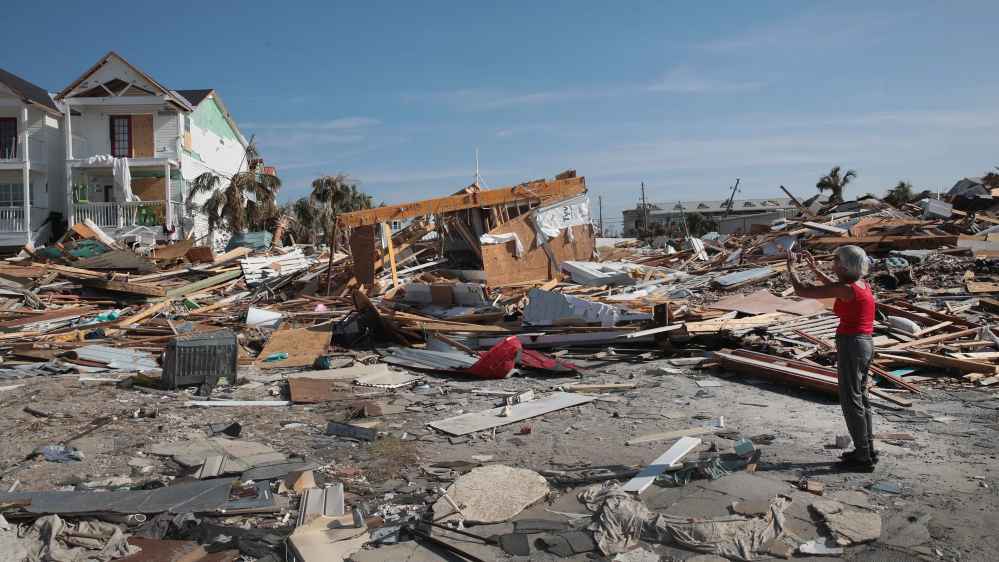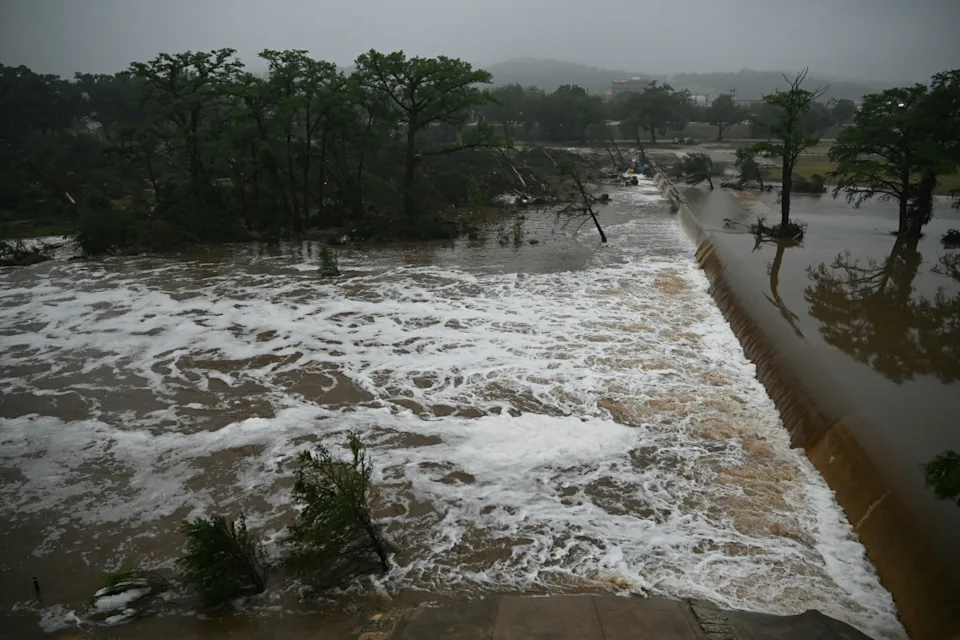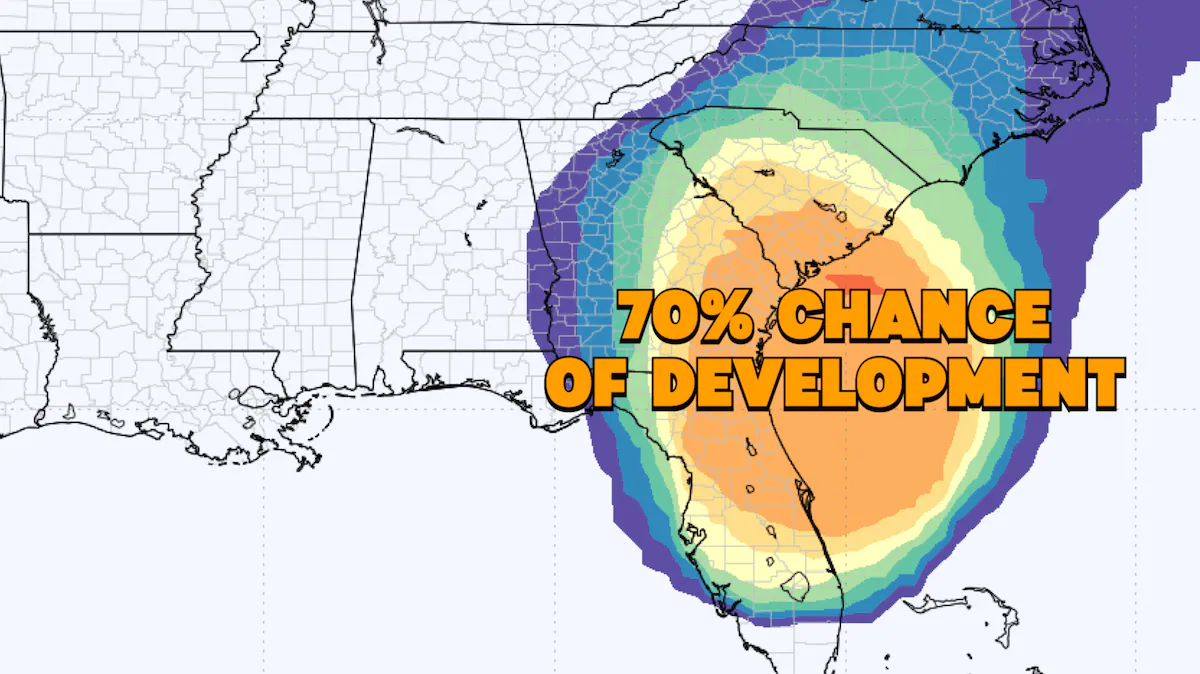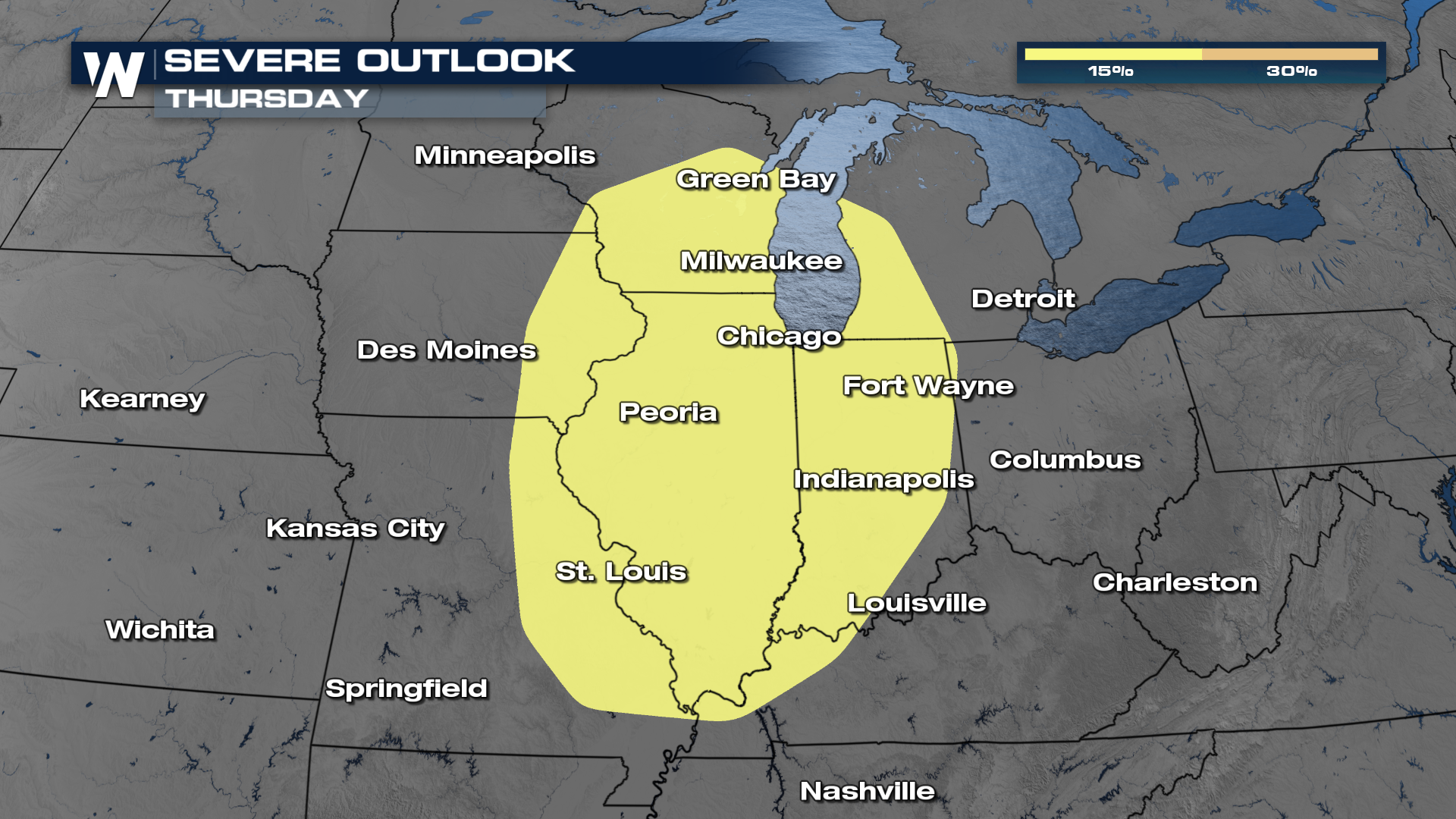Unusually warm ocean temperatures and a slow-to-emerge El Niño are contributing to this heightened activity.
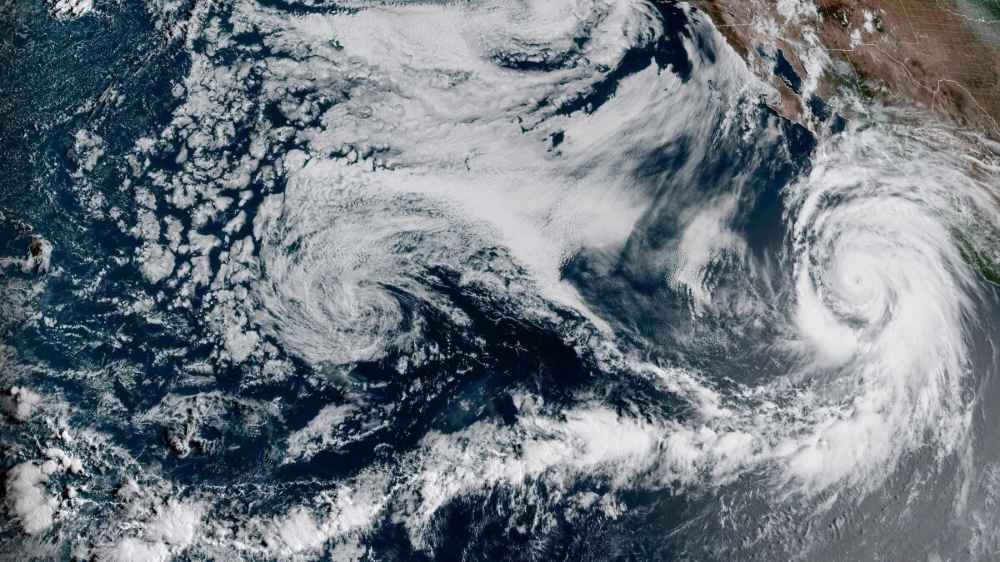
The Atlantic hurricane season, which has already seen an above-average 18 named storms, is causing concern among experts due to a combination of factors that could lead to an eventful and unusual conclusion
Typically, October marks a transition in Atlantic Hurricane Season, with the first half of the month being the busiest. Storm formation tends to decrease as the Atlantic hurricane season progresses toward its end on November 30. However, this year, exceptionally high sea surface temperatures across the Atlantic are expanding the potential formation areas, posing a risk to regions like Florida.
The interplay between warm ocean waters and El Niño conditions has created a forecasting challenge this Atlantic Hurricane Season. El Niño typically suppresses hurricane activity with strong upper-level winds, but this year’s warmer ocean temperatures are favoring storm development. The warmer waters and weaker winds have allowed more storms to form than usual during an El Niño year.
This clash between factors is expected to persist into October and November, making it difficult to confidently predict the Atlantic hurricane season’s outcome
The Atlantic may remain open to further tropical activity, it’s uncertain how events will unfold. One thing is clear: any tropical systems that do develop will likely gain extra strength from the exceptionally warm waters. The combination of low-upper-level winds and high ocean temperatures could create favorable conditions for tropical development.
Overall, the Atlantic hurricane season this year is proving to be unprecedented and challenging to forecast. The unusual combination of factors is keeping experts on alert as they monitor the evolving situation.
READ ALSO: Wildfires In Canada Engulf Northeastern US In Haze, Sparking Air Quality Concerns
